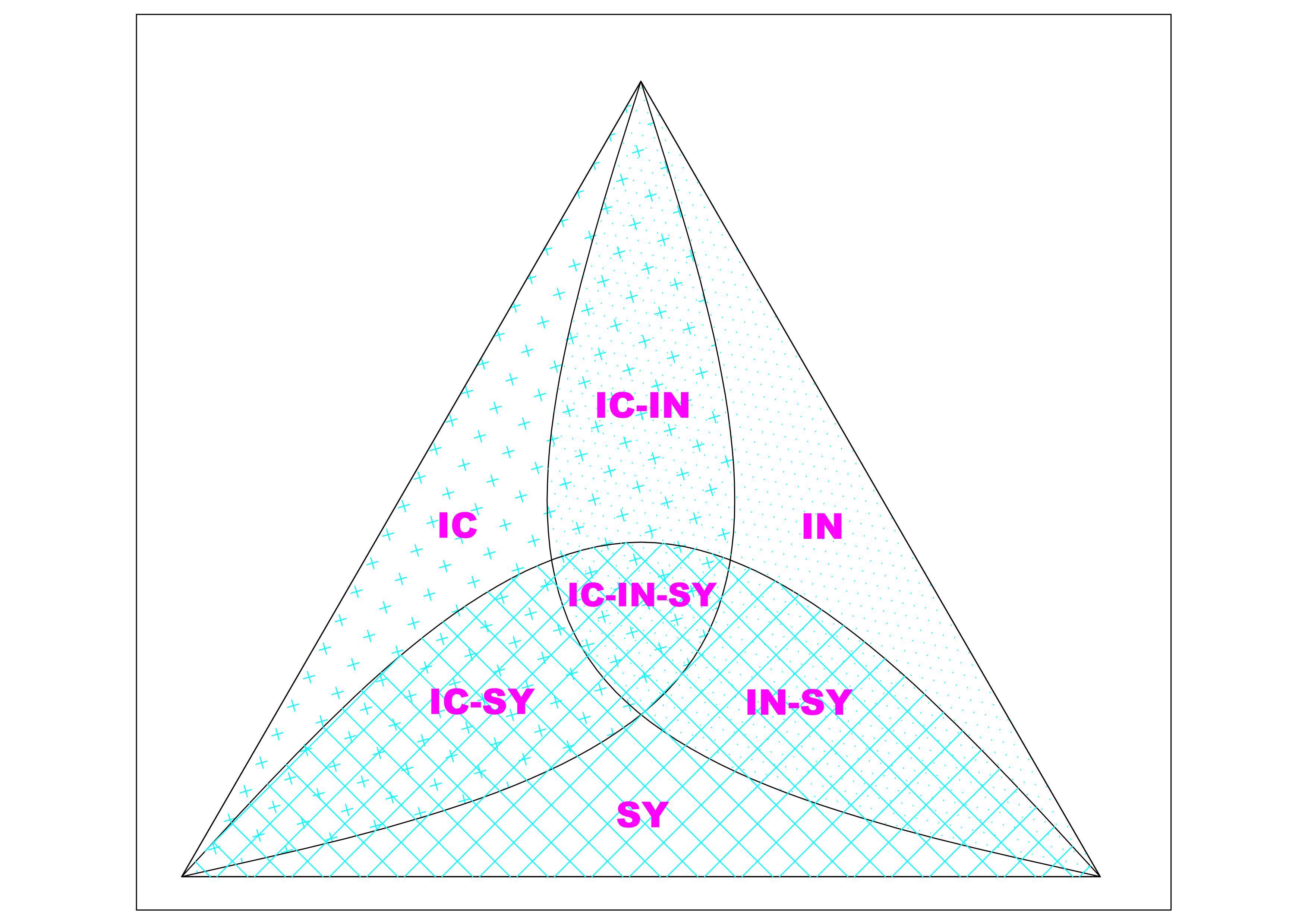L’ora di un nuovo paradigma
DOI:
https://doi.org/10.13135/2038-6788/10182Parole chiave:
Gesto, Kant, Peirce, SintesiAbstract
Kant’s definition of the distinction between analysis and synthesis and his attempts to find an a priori synthetic type of judgment have been criticized several times during the past two centuries. However, successive amendments and critiques failed at both giving an account of the Kantian distinction that would fit with the development of knowledge and science or to finding a serious alternative to the explicative power of the distinction. It’s no coincidence that the attempts to revise or rethink Kant’s distinction were always tied to mathematical studies, most notably in the fields of logicism, phenomenology, intuitionism. The present paper argues that all attempts failed because they did not reverse the fundamentally analytical nature of Kant’s account of synthesis. This analytical nature is well explained by Robert Hanna’s interpretation of the Critique of Pure Reason. The first part of the paper will follow Hanna’s insights. The second part will focus on Peirce’s theory of continuum, which was linked to the most recent developments in mathematics by the work of the Colombian mathematician Fernando Zalamea. Peirce’s theory reread by Zalamea and some deep studies on the phenomenology and semiotics of Peirce’s Existential Graphs will point us toward a different paradigm of reasoning which introduces a new definition of synthesis and analysis, and the insertion of a field for vague judgments and reasoning.


